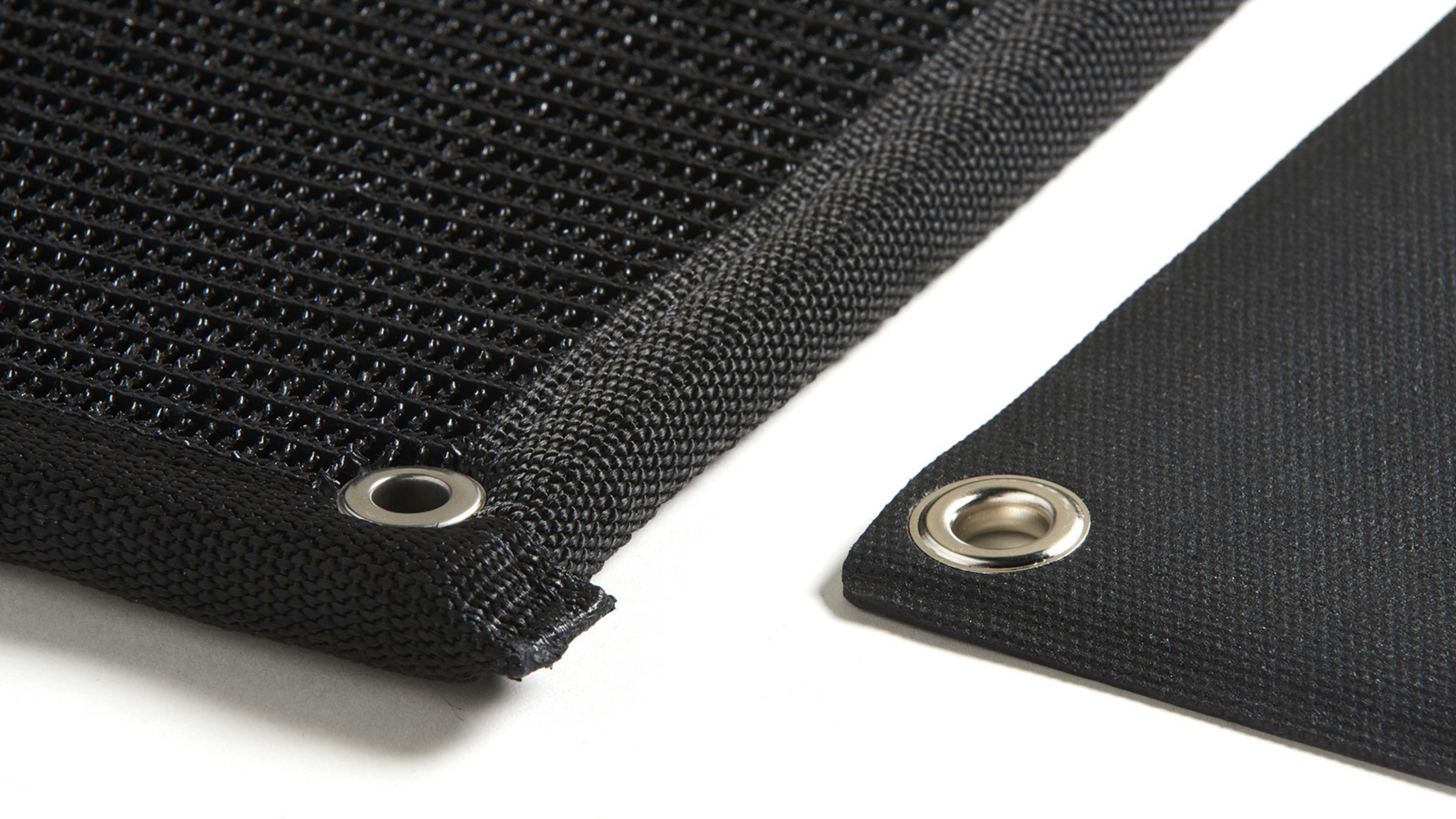Winter can be tough, especially for homeowners residing in regions with unforgiving, icy weather. One major concern during these frosty months is the accumulation of snow on pathways, decks, and porches. That's where HeatTrak snow melting mats come into play, ensuring a safe and slip-free surface. But how do they fare in subzero temperatures? Let's find out.
Performance on Concrete
The performance of HeatTrak mats on surfaces like concrete is commendable. This is primarily because concrete possesses the inherent quality of retaining heat. When you keep the mat running continuously for several hours, the heat generated by the mat gets absorbed by the concrete, making the entire area warm.
This is beneficial in two ways:
Wider Snow Melting Area: Not only does the mat itself remain free of snow, but many customers have also observed that the areas adjacent to the mats remain snow-free as well. The heat generated by the mat warms up the surrounding pavement, ensuring that any frozen precipitation coming into contact with that part also melts swiftly.
Tolerance to Lower Temperatures: While the official rating for HeatTrak mats is up to -5 degrees Fahrenheit, when placed on concrete, they have been reported to function efficiently even at -10 degrees. This offers greater flexibility and assurance in particularly harsh winter conditions.
The Challenge with Elevated Surfaces
However, using HeatTrak Mats on elevated surfaces presents a slightly different scenario. Let's draw a comparison with the phenomenon we observe on highways – "Bridge May Freeze Before Road Surface." This is a standard cautionary sign to warn drivers that the overpass or bridge they're approaching might be icier than the rest of the road due to air circulation beneath it. The same principle applies to your home deck. The circulating air underneath makes the surface colder than solid ground.
The takeaway here is straightforward: In subzero temperatures, if the HeatTrak mats are placed on elevated surfaces, they might not work with the same efficiency as they do on concrete.
Additionally, for those thinking about using these mats on metal-grated surfaces, it's worth noting that the heat generated by the mat will dissipate faster. This is simply because heat seeks avenues of escape, and without a solid, heat-retaining surface like concrete, the mat's effectiveness might be compromised.
Conclusion
In essence, HeatTrak mats are an excellent investment for homeowners looking to ensure safety during winter months. Their performance on concrete surfaces is stellar, even in subzero temperatures. However, it's crucial to be informed and set the right expectations if you're planning to use them on elevated or metal-grated surfaces.
Remember, while they might work less efficiently in such conditions, they will still do their job, ensuring you have a relatively safer and snow-free surface to tread on. Stay warm, stay safe!


